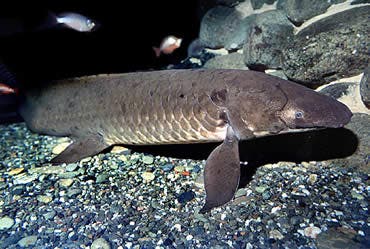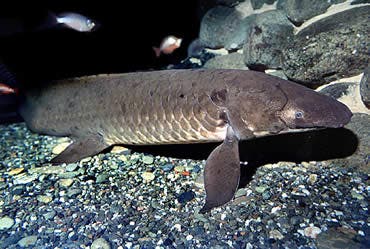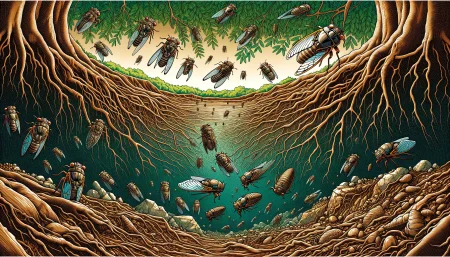A study into muscle development conducted on several fish has given valuable insight regarding the genetic leap that moved the scene from the aquatic parts onto the land. It was this particular leap that gave birth to tetrapods, animals that walk on four legs and are our very distant ancestors.

Peter Currie, of the Australian Regenerative Medicine Institute at Monash University, and Dr Nicolas Cole, of the University of Sydney, along with their team led this study, which was published in PLoS Biology – an open online journal.
In order to conduct the study, scientists have studied lungfish, a tyep of freshwater fish most famous for retaining characteristics primitive within the Osteichthyes, including the ability to breathe air, and structures primitive within Sarcopterygii, including the presence of lobed fins with a well-developed internal skeleton. Basically, these fish could actually survive on land, breathing air and using their pelvic fins to propel themselves.
Australia is home two three of the few remaining species of lungfish – two of which are marine species, and one which inhabits Queensland’s Mary River basin. However, almost as always with this kind of studies, there are major gaps in what we know, because all our studies are based only on our fossil skeletons – any muscle which would yield important information is simply out of reach to us; any information regarding how muscles functioned in the act of locomotion is simply a mystery.
However, the team did find that lungfish are the closest living relative of the tetrapods’ most recent common ancestor with fish, by studying fish living today, and especially their pelvic fin muscles evolution.
“We examined the way the different fish species generated the muscles of their pelvic fins, which are the evolutionary forerunners of the hind limbs,” said Professor Currie, a developmental biologist.
They did a pretty clever thing: they genetically engineered the fish to trace the migration of precursor muscle cells in early developmental stages as the animal’s body took shape, thus ‘telling’ cells to create either red light or green light, allowing them to track the development of specific muscle groups.
They found that cartilaginous fish formed muscle in a significantly different way than bony fish, and this in particular was an evolutionary step that paved the way to the tetrapods.
“Humans are just modified fish,” said Professor Currie. “The genome of fish is not vastly different from our own. We have shown that the mechanism of pelvic muscle formation in bony fish is transitional between that in sharks and in our tetrapod ancestors.”









